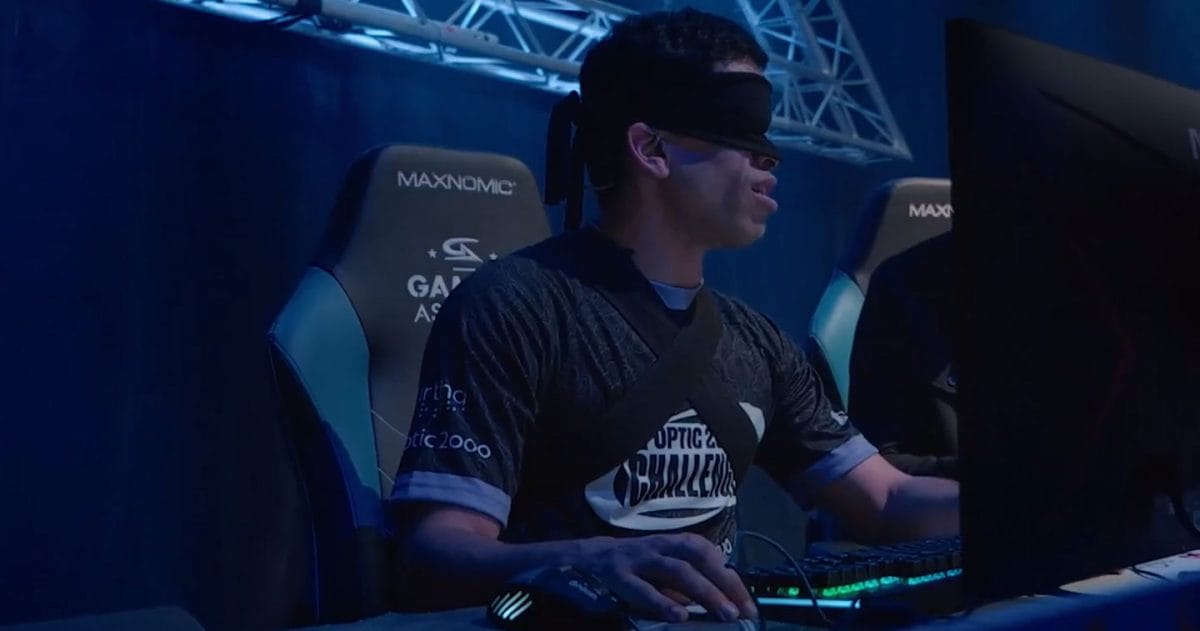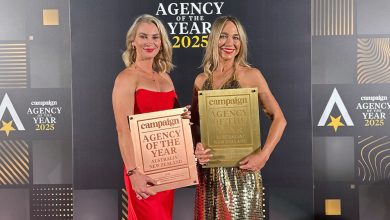PARIS, FRANCE — There are more than 2 million visually impaired people in France today. French optician and eyewear retail chain Optic 2000, which has been committed to improving the autonomy of the visually impaired for over 15 years, supports Artha. This start-up has developed a haptic belt capable of translating the surrounding environment into impulses, enabling users to develop an entirely new perception of their environment.
The “Optic 2000 Challenger” initiative was established to enable the first visually impaired e-sports player to compete in a major video game tournament.
Esports is rapidly growing, attracting new enthusiasts globally each day. Although inclusive solutions have expanded audiences, no visually impaired player among the estimated 223 million participants worldwide has competed at a high level — until now.
Salim Ejnaïni, who has been blind since age 16, rose to the challenge by competing in Trackmania at the Gamers Assembly, France’s premier esports event, held this past March.
After two years of intensive development to perfect the haptic belt, Salim competed against ten sighted players in France’s most significant Trackmania tournament. Impressively, only one managed to defeat him.
Artha & Optic 2000: Working together to promote inclusion and awareness
This new use of AI demonstrates the vast potential of technological advancements to foster inclusivity and exemplifies how artificial intelligence can transform everyday experiences for the visually impaired. By integrating AI with sensory technology, Optic 2000 and Artha have enhanced the autonomy of individuals like Salim and opened doors to opportunities once considered unattainable, such as competing in professional e-sports. The “Optic 2000 Challenger” marks a significant milestone in the pursuit of a more inclusive society where the benefits of technology can be enjoyed universally.
CREDITS:
AustralieGAD
Creative Director: Philippe Boucheron `
Creative Lead: Victorien Serre
Art Director: Martin Lihoreau, Thomas Martin-Lalande
Copywriter: Sydney Monjauze
Sovage (production)
Director: Lenny Grosman
Producer: Thomas Chatriot
Associate Producer: Willy Morence








